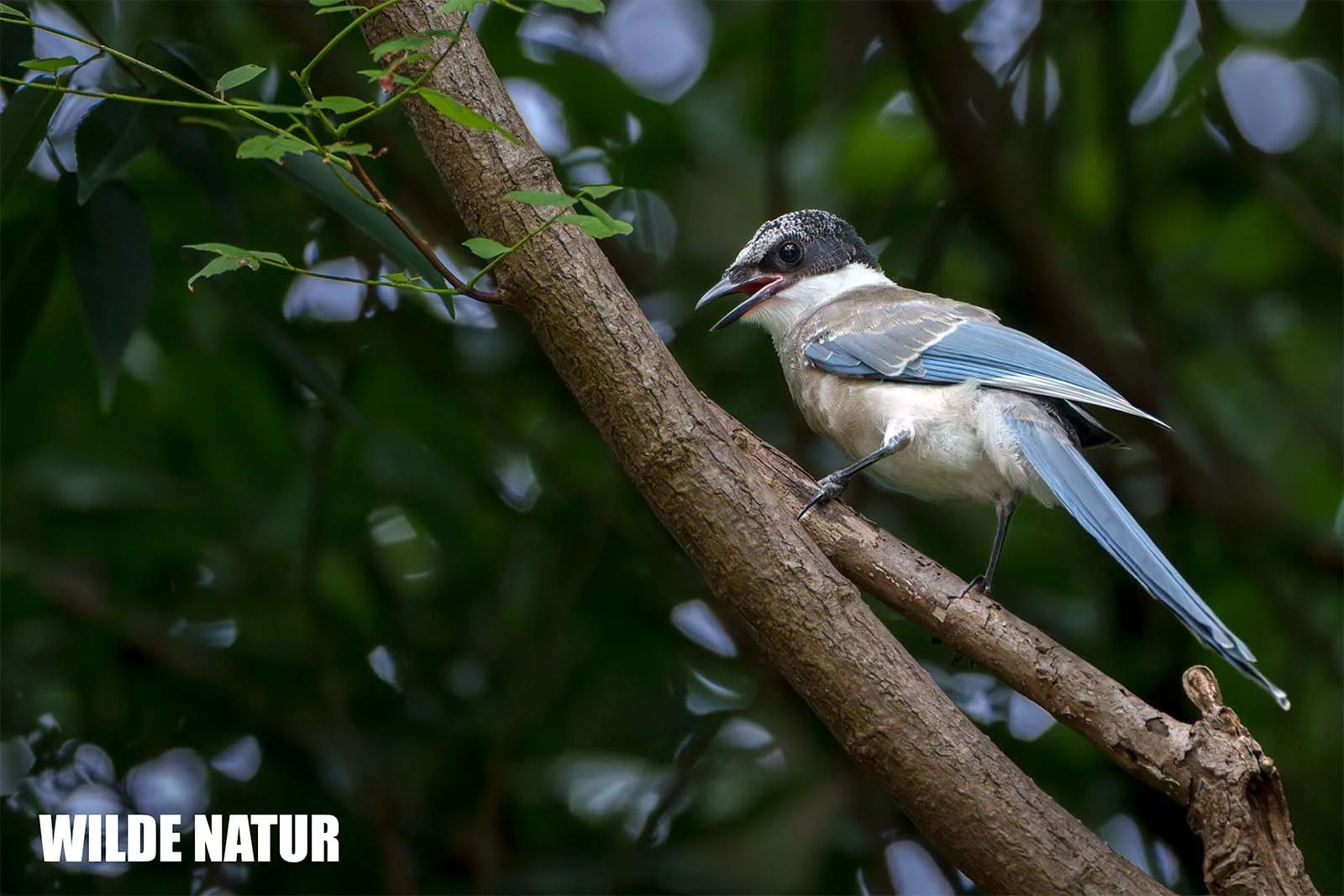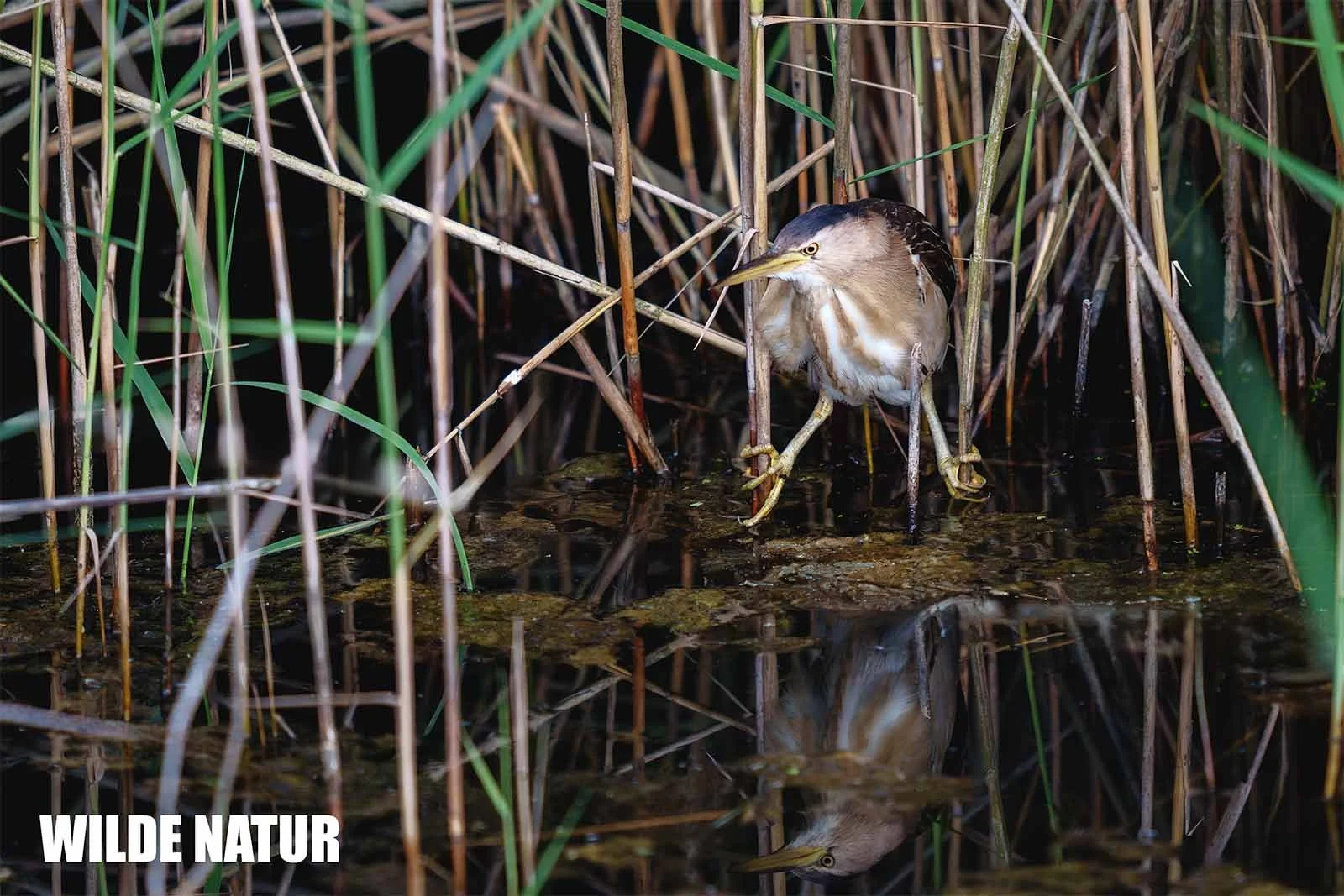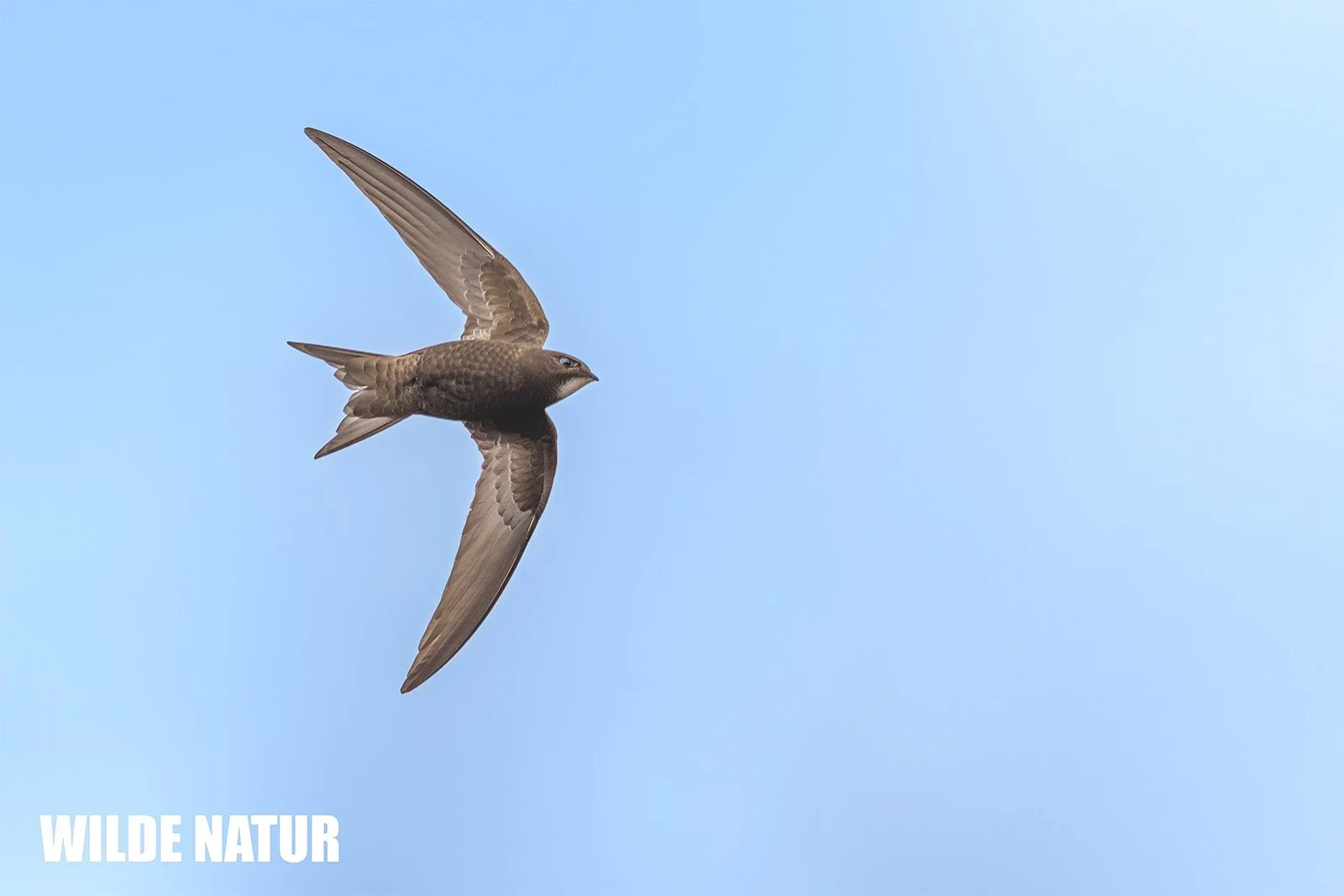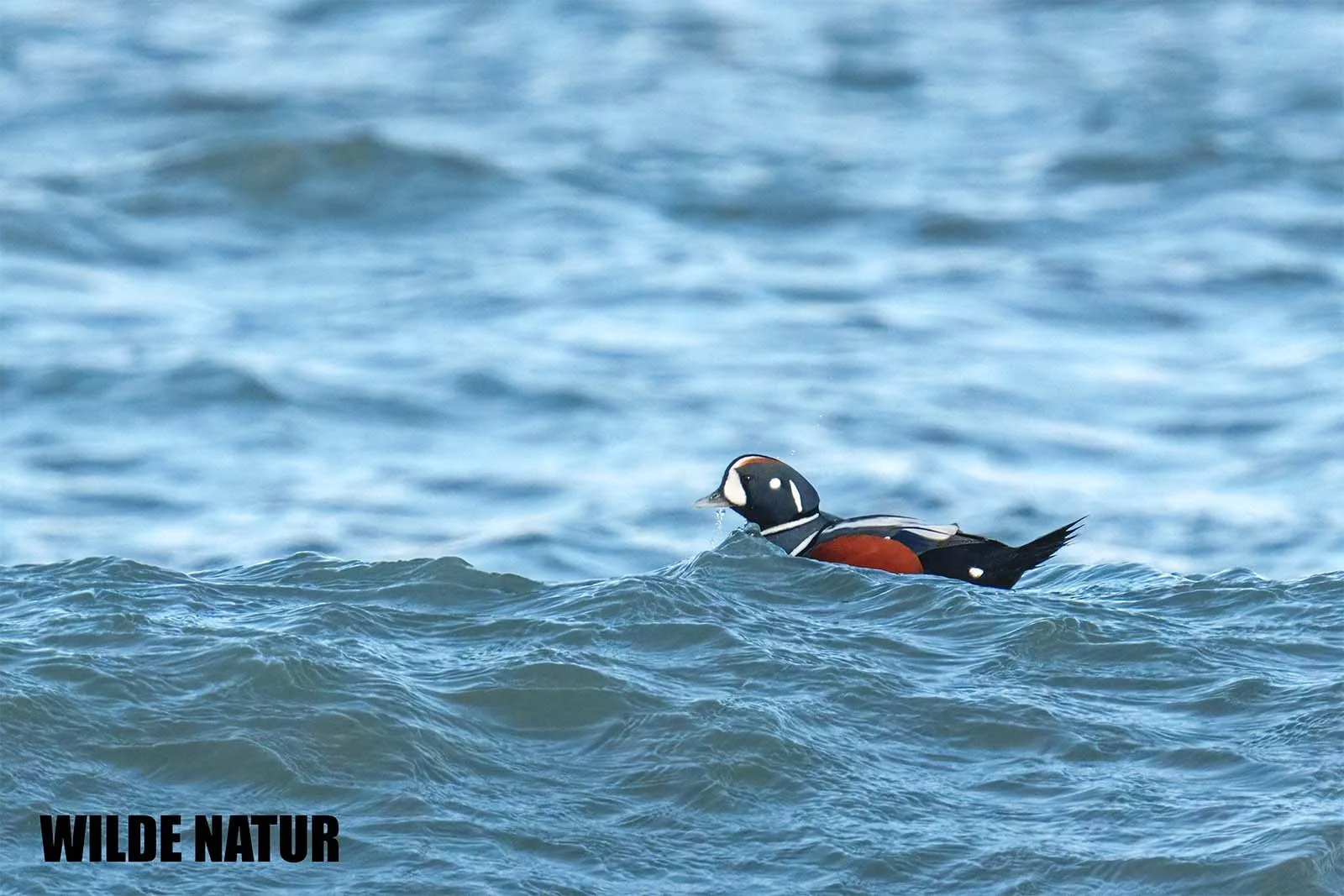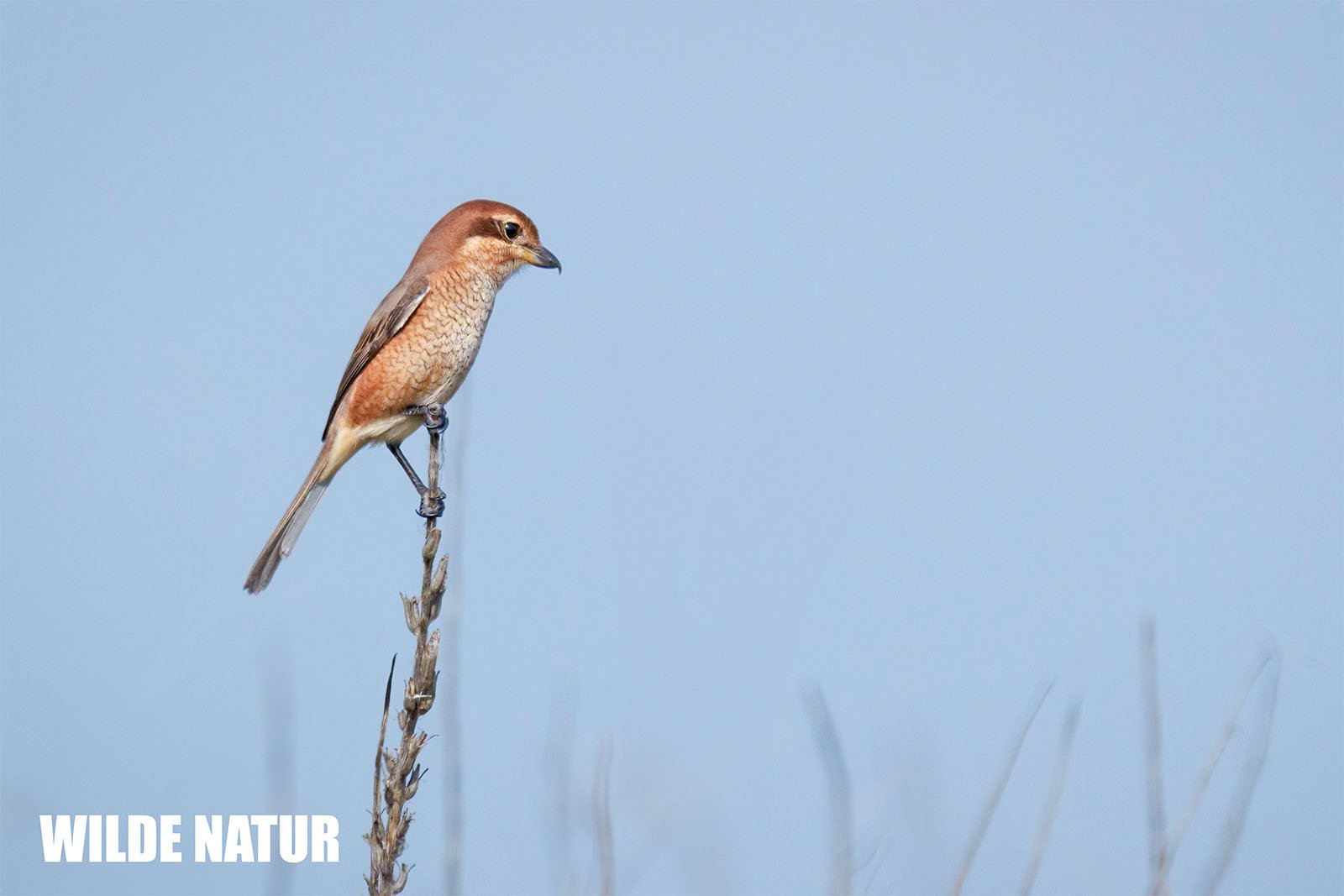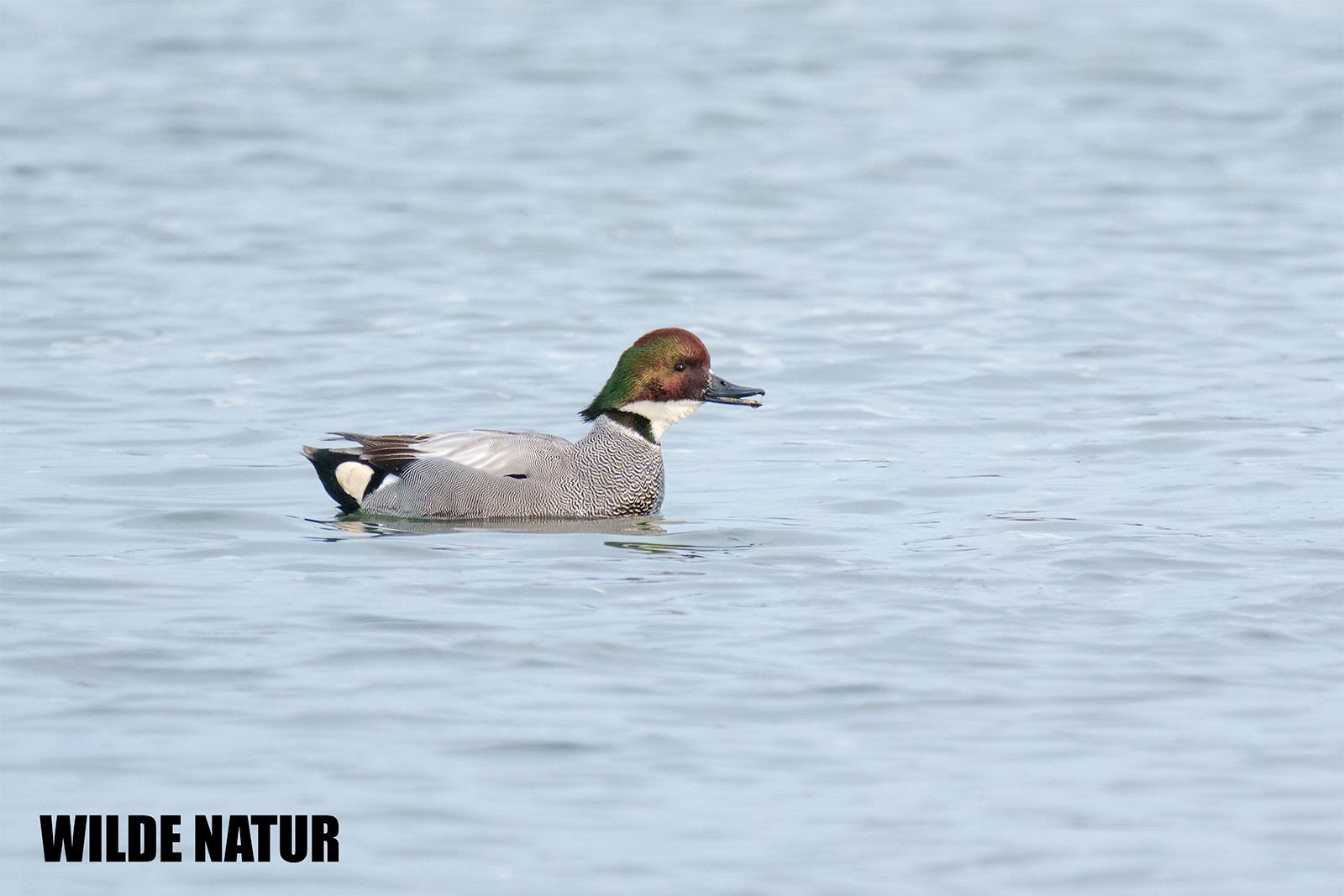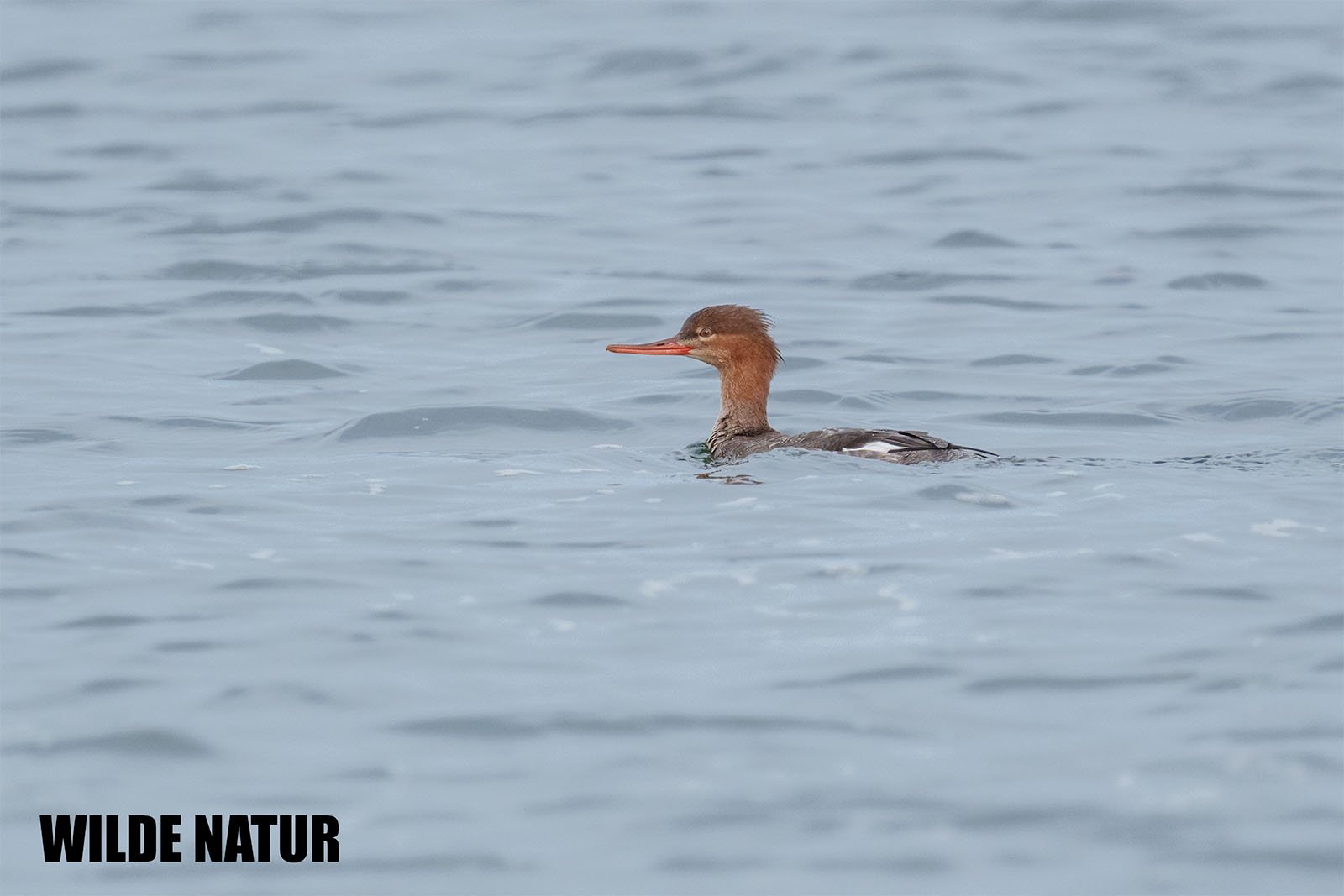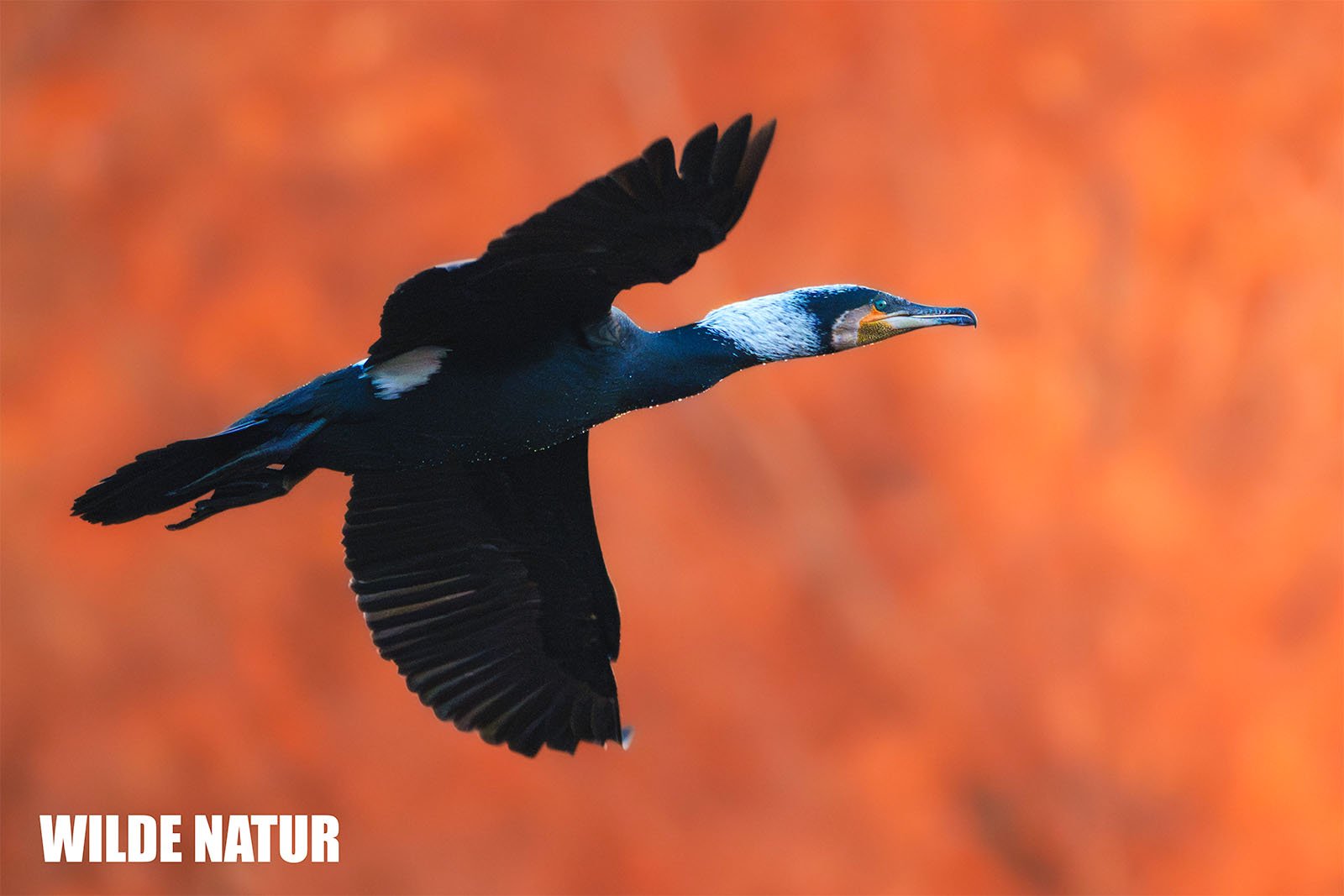Graylag goose (Anser anser)
The greylag goose (Anser anser) is one of the best-known goose species in Europe
Greylag Goose (Anser anser) – The Ancestor of Domestic Geese
Key Facts:
- Size: 74–84 cm
- Features: Grey-brown feathers, strong wedge-shaped beak
- Habitat: Wetlands, lakes, rivers, and reed beds
- Breeding: Ground nest, often in dense vegetation
- Diet: Grasses, herbs, grains
Table of Contents
- Introduction: The Greylag Goose – A Familiar Resident of Our Wetlands
- Features and Appearance: How to Recognize the Greylag Goose
- Habitat and Distribution: Where the Greylag Goose Lives
- Behavior and Diet: An Adaptable Herbivore
- Breeding: A Well-Protected Nest in Dense Vegetation
- FAQ: Common Questions About the Greylag Goose
- Shortlist – All Facts at a Glance
1. Introduction: The Greylag Goose – A Familiar Resident of Our Wetlands
The Greylag Goose is one of the most well-known goose species in Europe and is also the wild ancestor of our domestic geese. With its strong body, characteristic call, and typical colors, it is found in many wetlands and agricultural areas. Especially in spring and autumn, large flocks of Greylag Geese can be seen flying in formations across the sky.
2. Features and Appearance: How to Recognize the Greylag Goose
The Greylag Goose is easy to identify with its size of up to 84 cm and robust appearance. Its feathers and other distinctive features are important for identification:
Feathers:
The Greylag Goose’s feathers are mostly grey-brown. The back and wings are slightly darker, while the sides and belly are lighter. In flight, the pale grey tops of the wings stand out, and the underside shows a two-toned pattern. The neck and head are evenly grey and smoothly blend into the rest of the body.Beak:
The wedge-shaped, strong beak varies in color depending on the region. Western populations usually have a pale orange beak, while eastern Greylag Geese often have a pink beak. These color differences help distinguish different groups.Eyes:
The Greylag Goose’s dark eyes give it a watchful and alert expression. The subtle coloring makes the eyes blend in with the overall look of the bird without creating strong contrasts.Feet:
The sturdy legs and feet of the Greylag Goose are flesh-colored to pink. This strong structure allows the goose to move confidently in its varied habitats, from soft meadows to muddy shorelines.
3. Habitat and Distribution: Where the Greylag Goose Lives
The Greylag Goose is typically found in wetlands. It prefers lakes, rivers, marshes, and reed beds, where it finds both food and safe nesting spots. It also feels comfortable in agricultural areas, especially near grain fields. Its ability to adapt to different environments has led to widespread distribution across Europe.
4. Behavior and Diet: An Adaptable Herbivore
The Greylag Goose is a pure herbivore. Its diet mainly consists of grasses, herbs, and grains. During the breeding season and summer, Greylag Geese often graze on meadows and fields, feeding on fresh greenery. In winter, they switch to grains and seeds found on harvested fields. Their behavior is social; they live in large groups and show strong social bonds.
5. Breeding: A Well-Protected Nest in Dense Vegetation
The breeding season for Greylag Geese begins in early spring. Females build their nests on the ground, often well hidden in dense vegetation or reed beds. The nest is made from twigs, grass, and soft plant material. It provides excellent protection from predators. The clutch usually contains four to six eggs, which are incubated by the female. The chicks are precocial and follow their parents on feeding trips shortly after hatching.
6. FAQ: Common Questions About the Greylag Goose
1. Where is the best place to observe the Greylag Goose?
The Greylag Goose is easily found in wetlands, lakes, rivers, and reed beds. It is also common in nature reserves and agricultural areas.
2. What does the Greylag Goose mainly eat?
The Greylag Goose mainly eats grasses, herbs, and grains. In winter, it looks for fallen seeds on fields.
3. How can you tell different subspecies of the Greylag Goose apart?
Western populations usually have an orange beak, while eastern Greylag Geese have a pink beak. Feather colors may also vary slightly by region.
4. When does the Greylag Goose’s breeding season start?
The breeding season starts in early spring. The female lays her eggs in well-hidden nests, often in reed beds or dense bushes.
5. How long do the chicks stay with their parents?
The chicks follow their parents shortly after hatching and stay with the family group for several weeks until they are ready to fly.
7. Shortlist – All Facts at a Glance
- Size: 74–84 cm
- Features: Grey-brown feathers, strong wedge-shaped beak
- Beak: Wedge-shaped, strong, orange or pink depending on subspecies
- Eyes: Dark, with an alert expression
- Feet: Flesh-colored to pink
- Habitat: Wetlands, lakes, rivers, and reed beds
- Breeding: Ground nest, well-hidden in dense vegetation
- Diet: Grasses, herbs, grains
The Greylag Goose is not only familiar due to its size and characteristic calls but also because it is the ancestor of our domestic geese. Its adaptability and social behavior make it a fascinating bird to observe in nature.



